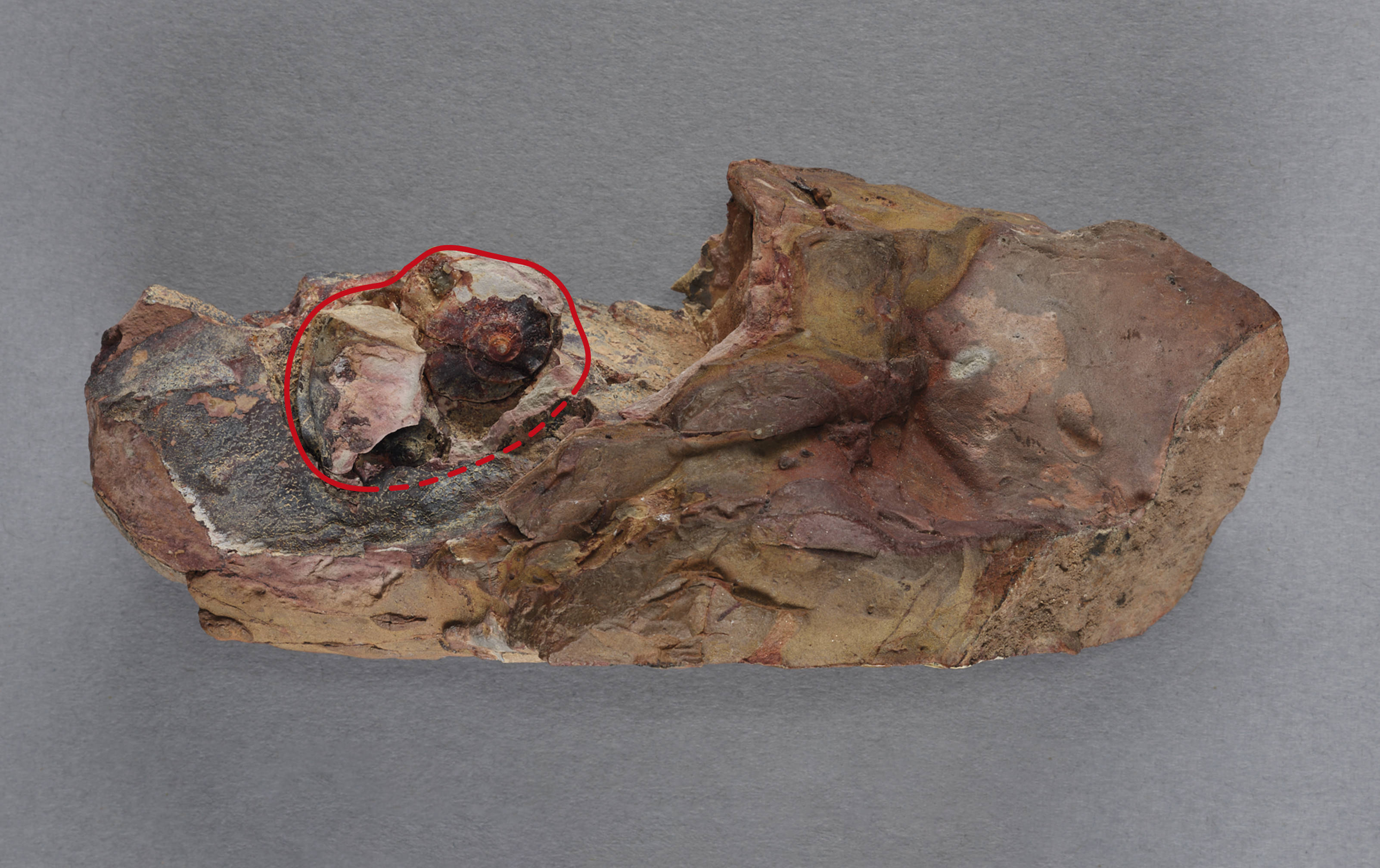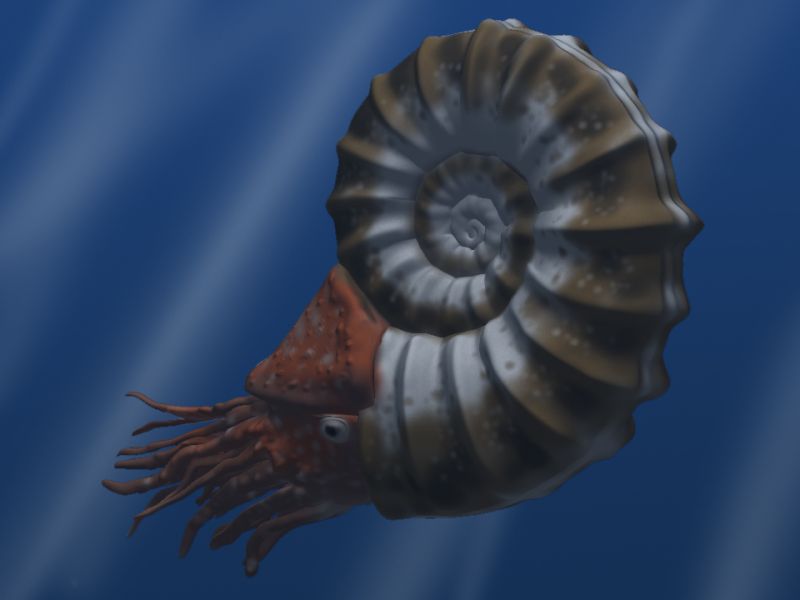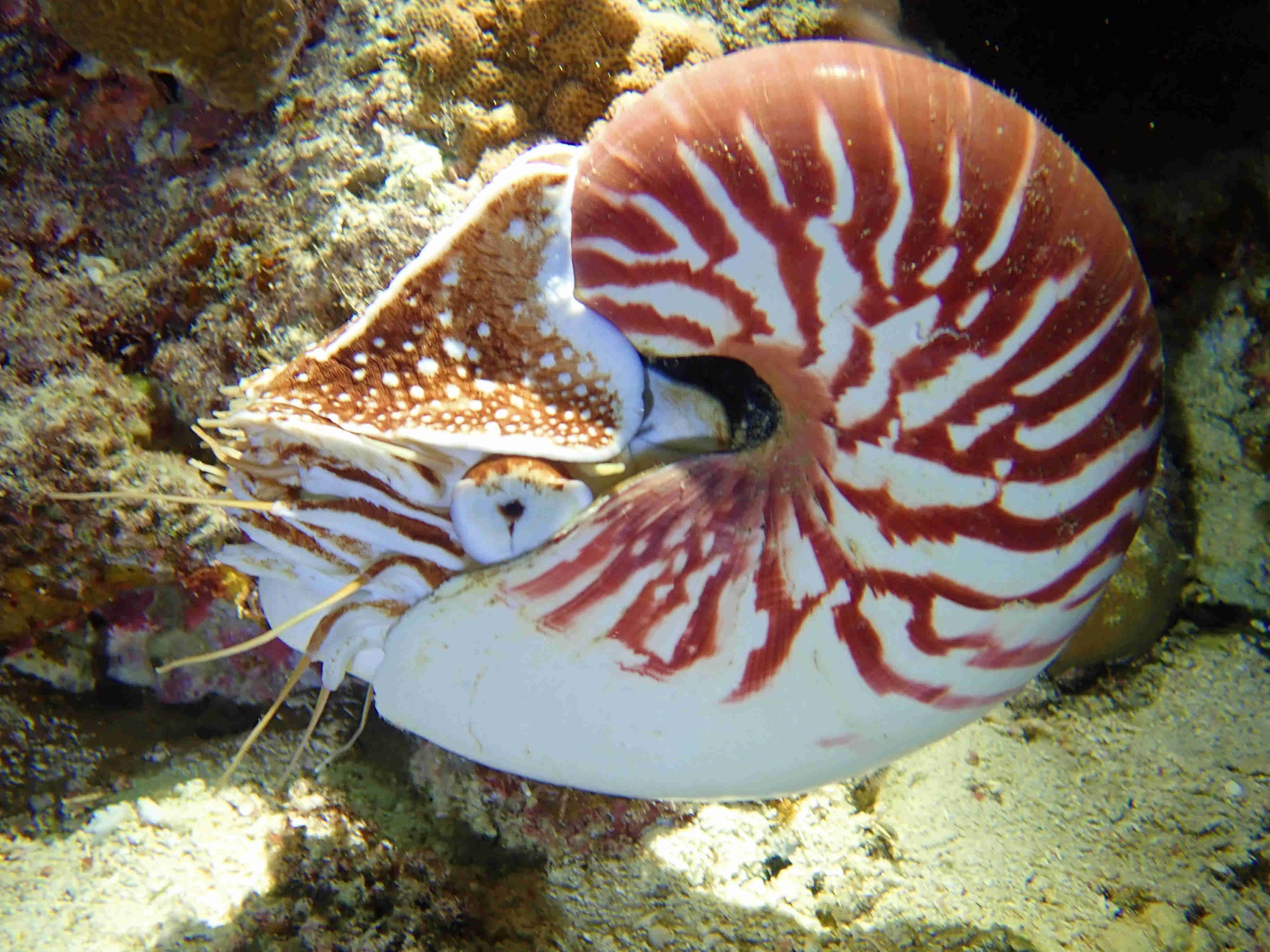Early Jurassic (about 201 million to 174 million years ago)
Northern shore of Tolo Channel, Hong Kong
Collection of Antiquities and Monuments Office, Development Bureau
Ammonites were marine cephalopods resembling nautilus, characterised by their spiral shells and tentacles on their heads. Their Chinese name derived from patterns of suture lines on their shells that resemble chrysanthemums.
In 1920, amateur geologist C.M. Heanley discovered Hong Kong’s first-ever recorded fossil on the northern shore of Tolo Channel. It was then identified to be a species of ammonite unique to Hong Kong from the Jurassic and was named Hongkongites hongkongensis Grabau. About a century later, in 2021, a geological survey team from the Department of Earth Sciences of The University of Hong Kong discovered the largest ammonite fossil ever recorded in Hong Kong on the southern shore of Tolo Channel. After preparation, the fossil is inferred to be part of an ammonite around 30 to 35 cm long.

Where is the fossil?

Ammonite reconstruction (Image Courtesy of Nobu Tamura/Wikimedia Commons)

Nautilus (Image Courtesy of Frédéric Ducarme/Wikimedia Commons)

